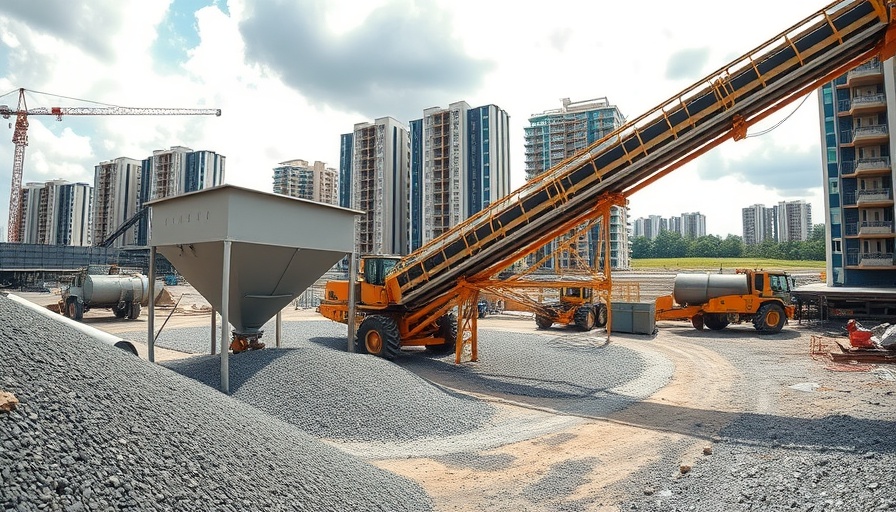
Transforming Your Cob Home: Installing Windows & Doors with Purpose
For young London homeowners eager to elevate their homes while embracing sustainable living, installing windows and doors in cob walls offers a unique blend of eco-consciousness and personal flair. Cob, a natural building material made from clay, sand, straw, and water, provides excellent insulation and a character that resonates with nature. This guide will walk you through the essentials of integrating windows and doors into your cob walls, helping you create a bright and inviting living space.
The Foundation: Understanding Sills and Frames
At the heart of any successful window or door installation are two critical components: the sill and the frame. The sill acts as a protective base for your window, ensuring longevity and preventing erosion in the cob wall. It’s essential to choose a durable material—whether stone, concrete, or treated wood—and design a slope for water drainage. Ideally, allow your cob to dry for about two weeks to avoid any settling issues when the sill is placed.
Frames, crafted from standard dimensional lumber, will house your windows and doors and should be constructed with precision. Make sure corners are squared at 90 degrees and use cross-bracing to maintain their shape against the pressure from the cob. Construct your frames larger than your actual door or window sizes, allowing space for insertion and adjustment—a crucial step in achieving a perfect fit!
The All-Important Anchors: Securing Your Installations
Once your frames are set, the next step involves using anchors to secure them to the cob structure. You can opt for simple nails with exposed heads or, for larger openings, "deadmen"—stiff pieces of wood buried into the cob—offering maximum strength. These anchors will help hold the frames tight and ensure they withstand the natural movements and settling of the cob walls.
Feeling Connected: The Human Element in Construction
Building a home isn’t just about bricks and mortar; it reflects your personality and values. As you undertake this project, take time to consider the spaces you’re creating. Think about how your new windows and doors can let in light, encourage ventilation, and offer views of your community, reinforcing your connection to the outside world. Every installation can be a chance to appreciate your surroundings, making your living space more than just a shelter.
Future-Proofing Your Home: Sustainable Practices for Longevity
As you incorporate these installations into your cob walls, remember that sustainability isn’t just a trend; it’s a lifestyle. Choosing eco-friendly materials for your frames and sills reduces your environmental impact. Additionally, consider energy-efficient windows that provide warmth and comfort while keeping your carbon footprint low.
Common Misconceptions: Setting the Record Straight
There are many misconceptions about building with cob, particularly concerning its durability. Some may worry that cob homes aren’t strong enough for modern windows and doors, but with proper installations, they can be surprisingly resilient. By aligning with a knowledgeable builder or following these guidelines, you can dispel these myths and showcase the true potential of cob construction.
Ready to Get Started? Take the Leap into DIY
Installing windows and doors in cob walls might feel daunting, but with the right techniques and a little patience, it can be an incredibly rewarding DIY project. Embrace the process and view it as an ongoing journey toward owning a home that harmonizes with nature. As you embark on this adventure, you’ll not only create a beautiful space but also foster a deeper connection with your community.
Embrace Community and Connect with Local Resources
In London, there are numerous local events and workshops focused on sustainable living and eco-friendly building techniques. Getting involved in these initiatives not only equips you with invaluable knowledge but also connects you with like-minded individuals eager to share their experiences. By engaging with your community, you can enrich your project and inspire others to join the movement toward sustainable living.
As you enhance your home through the installation of windows and doors, keep the commitment to sustainability at the forefront of your decisions. The transformation not only benefits your home but strengthens your ties to the community, paving the way for pleasurable living for years to come.
Are you excited to revamp your cob home? We invite you to explore our resources for guidance on sustainable construction and to join our community discussions on home improvement. Let’s build a brighter, greener future together!
 Add Row
Add Row  Add
Add 




Write A Comment